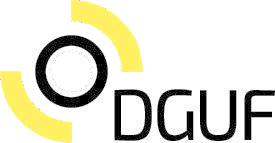Barriers and opportunities for Linked Open Data use in archaeology and cultural heritage
Identifiers (Article)
Identifiers (Files)
Abstract
Archaeologists, along with cultural heritage and memory institutions generally are seeking to open up databases, and repositories of digitised items, previously confined to specialists, for a wider academic and general audience. But to do so most effectively requires joined up infrastructures and tools to help formulate and refine searches and navigate through the information space of concepts used to describe different collections. Different people and domains use different words for the same concept or may employ slightly different concepts and this ‘vocabulary problem’ is inevitably a barrier to broadening scholarly, let alone wider access.
Practical work in tackling such issues has used the W3C SKOS standard for incorporating controlled terminologies along with the CIDOC CRM in the STAR, STELLAR and SENESCHAL projects (see ref.), leading to SKOS based versions of national cultural heritage domain controlled vocabularies and the publishing of these as Linked Open Data via the HeritageData.org web site (see ref.). This paper will discuss some of the barriers and issues encountered while developing some current ‘state of the art’ Linked Open Data resources for cultural heritage and consider important opportunities for the development of such LOD resources for the future
Statistics








